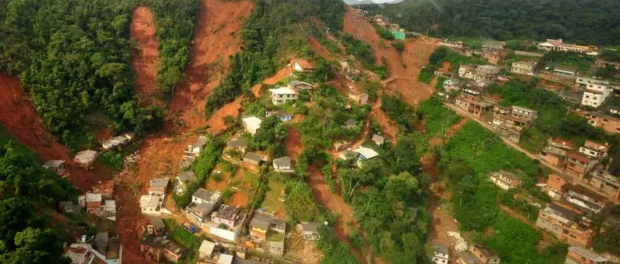
 This is our latest article in a series created in partnership with the Behner Stiefel Center for Brazilian Studies at San Diego State University, to produce articles for the Digital Brazil Project on climate impacts and affirmative action in the favelas for RioOnWatch.
This is our latest article in a series created in partnership with the Behner Stiefel Center for Brazilian Studies at San Diego State University, to produce articles for the Digital Brazil Project on climate impacts and affirmative action in the favelas for RioOnWatch.
In the 1970s, Elis Regina already sang about “the waters of March closing out summer.” The period marking the Brazilian seasons’ transition—from summer to autumn—is popularly known for its frequent and intense rainfall. High temperatures during summer are followed by heavy rain showers and strong winds. However, this well worn local phenomenon has felt different in recent years, with regular natural events increasingly turning into dreadful tragedies.
The city of Petrópolis, in the state of Rio de Janeiro’s mountainous region, for example, was once again hit by a severe storm on Sunday, March 20. In four hours, the city recorded 208 mm of rain, the amount expected for the entire month of March. Five people died and hundreds were displaced due to the heavy downpour.
This is the second storm to hit the city in just over a month. On February 15, Petrópolis received a record rainfall volume: 260 mm. During that storm, it rained in six hours more than what was expected for the entire month of February. Heavy rains in the summer are common, but the fact that record amounts of rain are occurring within shorter and shorter intervals triggers a red flag that this is something new. According to the Civil Defense, the rain that fell on February 15 was the largest volume recorded in the city since 1932, when the National Institute of Meteorology (INMET) started taking measurements. 234 people died and some are still missing as a result of various landslides and floods caused by the heavy February 15 rain.
In addition to the highest ever rain volume, the events in Petrópolis also beat another sad record: that of people killed as a result of heavy storms in the city. History shows that episodes such as these are recurrent in Rio’s mountainous region. In 1988, heavy rain caused landslides and floods, resulting in 134 deaths in Petrópolis. In 2011, the trail of tragedy extended across five cities, killing 918 people and creating scenes that are remembered to this day.
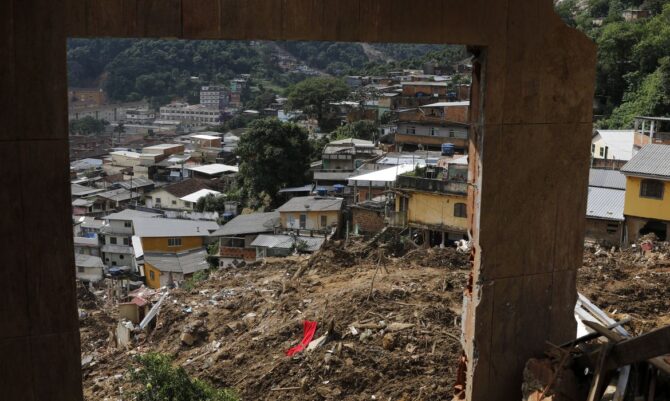
Although rain falls indiscriminately, it is in the most vulnerable areas that the greatest damage occurs. From the top of Petrópolis’ hills, many houses were swept downhill when the sodden slopes tumbled. Before mud reached the formal areas of the city’s downtown or covered famous Rua Teresa’s pavement, many lives had already been lost as it made its way through the city’s favelas.
In the case of Petrópolis, the Municipal Risk Reduction Plan, delivered in 2017—and drawn up under the 2011 tragedy’s reverberations—had already identified over 27,000 homes built in high-risk or very high-risk areas for landslides and floods. The study found that 10% of Petrópolis was made up of high or very high-risk areas. It is striking that, even after mapping and analysis, very little was done to mitigate the risks to families living in these areas. Among the spaces mapped by the study, the one pointed out as the most vulnerable to landslides is Oswero Vilaça, where Morro da Oficina is located, and where the highest number of deaths occurred in the February tragedy.
Stories That Repeat Themselves
What happened in Petrópolis brought another tragedy to the forefront of Rio’s memory, one which also combined extreme natural events and state neglect: the April 2010 landslide that killed 48 people in Morro do Bumba, located in the city of Niterói, in Greater Rio. The favela came about and grew atop a decommissioned trash dump in the 1980s, making Morro do Bumba’s ground even more unstable. The torrential rains that hit the state of Rio in the summer of 2010 also caused casualties in Rocinha, in Rio’s South Zone, in Prazeres, in the Central region, and in Morro dos Macacos, in the North Zone.
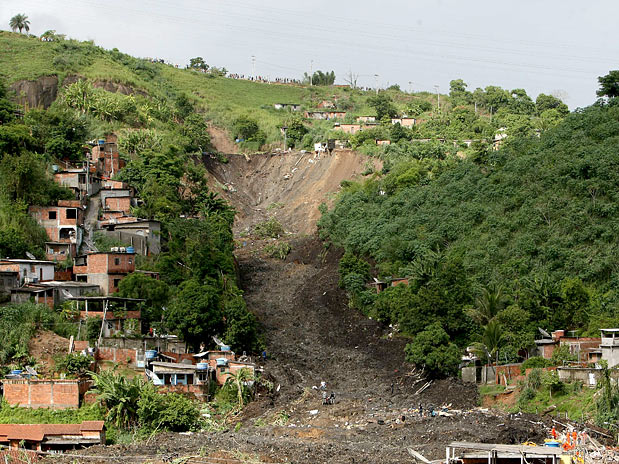
Now part of Rio’s history, these events demonstrate how the consequences of storms have been worsening. As mentioned above, rain falls indiscriminately, but where is the soil most vulnerable to landslides? Which are the homes most susceptible to collapsing? Who are the people living the closest to rivers and streams that are sometimes silted and, when heavy rains hit, more prone to overflowing and, in extreme cases, creating deadly floods?
If people of a certain social class, gender or color are hit harder than others by extreme weather events, it is evident that climate (in)justice and climate racism are occurring. The social, political and economic influences that structure society’s power relations also make their presence felt in the environment. Hence, even though climate events of this magnitude are occurring all over the planet, it is the poorest population that tends to suffer the most from its consequences. This happens because they live in the most vulnerable areas, because they have fewer resources to adapt to new climate conditions, and above all because of public authorities’ lack of accountability and responsibility for the well-being of all.
In the favelas of Complexo da Maré in Rio de Janeiro’s North Zone, residents of Nova Holanda are already used to flooding. In the area, a combination of natural and political factors converges into a frequent situation of damages and risks to residents’ health. The area where Maré is located today is a landfill; it used to be a mangrove under water before the community’s construction. The change in the course of rivers and streams, the silting of the still visible canals, the absence of green spaces, as well as the inability of sewage networks to contain water, and insufficient garbage collection leave the territory highly susceptible to flooding. With increasingly intense and repeated rains, flooding in Nova Holanda also tends to become more intense and frequent, as described in Maré de Notícias’ article “Flooding in Maré: Nova Holanda or New Venice?”
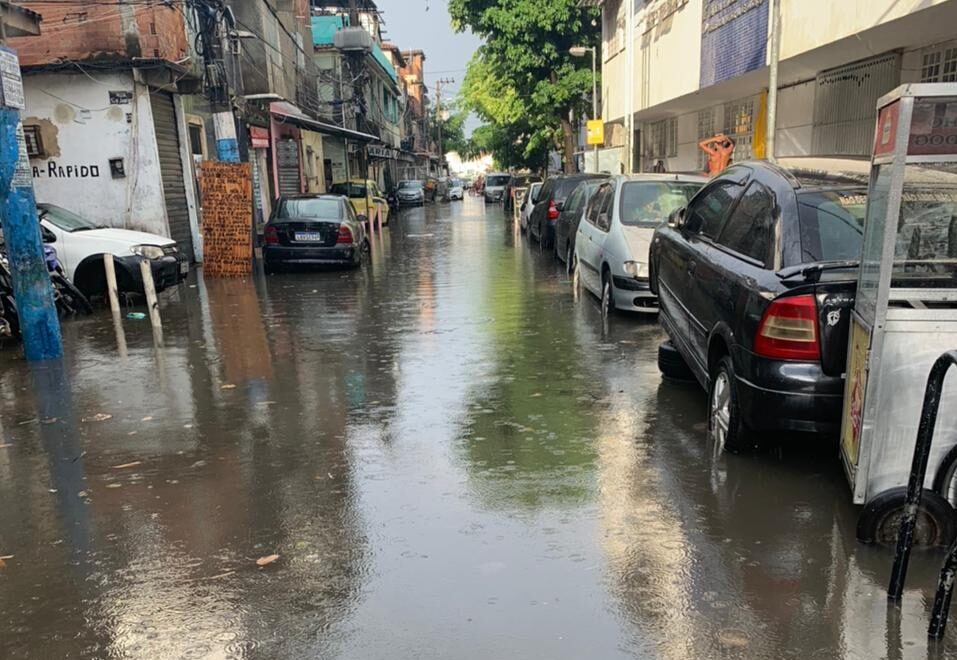
That same summer, in December 2021, a rainfall volume well above average left over 100 cities in the state of Bahia under emergency. In four days, the city of Itamaraju, in southern Bahia, recorded more than double the rain predicted for the entire month of December: 500 mm. At least 20 people died as a result of landslides, floods and mudslides. The storm also wreaked havoc in the states of Espírito Santo and Minas Gerais. But why has it been raining so hard? Why have the consequences been so severe?
What’s Happening to Our Planet?
To begin with, we need to understand what the greenhouse effect is and how it happens. Mônica Carneiro, a PhD in meteorology and associate professor at the Fluminense Federal University (UFF), helped untangle this debate.
The greenhouse effect is a natural phenomenon, indispensable to life on the planet. Without human interference, this phenomenon allows us to have an average temperature on the planet’s surface that is neither too hot nor too cold. It is created by gases existing in the atmosphere and that allow the entry of enough radiation for the maintenance of optimal warming for life. Carneiro explains that the greenhouse effect works like the lid on a pot, trapping heat on the surface. The problem arises due to this effect’s intensification in recent decades, mainly brought on by us, humans, burning fossil fuels.
“More and more, we emit greenhouse gases into the atmosphere, especially carbon dioxide, but there are other greenhouse gases as well. And, more and more, these gases trap this energy, this heat on the planet, causing an increase in global temperature,” explained Carneiro.
After the Industrial Revolution, around 1850, there was a significant increase in the burning of fossil fuels, both for industry and for transportation, intensifying the planet’s warming. “What we realize is that the speed with which this [the warming] has been happening is unprecedented. So, although there tends to be a natural variability in temperatures, this variability has increased exponentially in recent years and is being matched by an increase in greenhouse gas emissions,” Carneiro pointed out.
With a warmer planet, extreme events are increasingly common. According to the professor, a warmer planet produces greater evaporation of water from oceans, rivers, lakes, as well as the evapotranspiration of plants, creating even more water vapor in suspension in the atmosphere. Carneiro said, “When you form a cloud in a global warming scenario, this cloud can be much more intense and create much more rain because there’s a lot more water vapor in the atmosphere.”
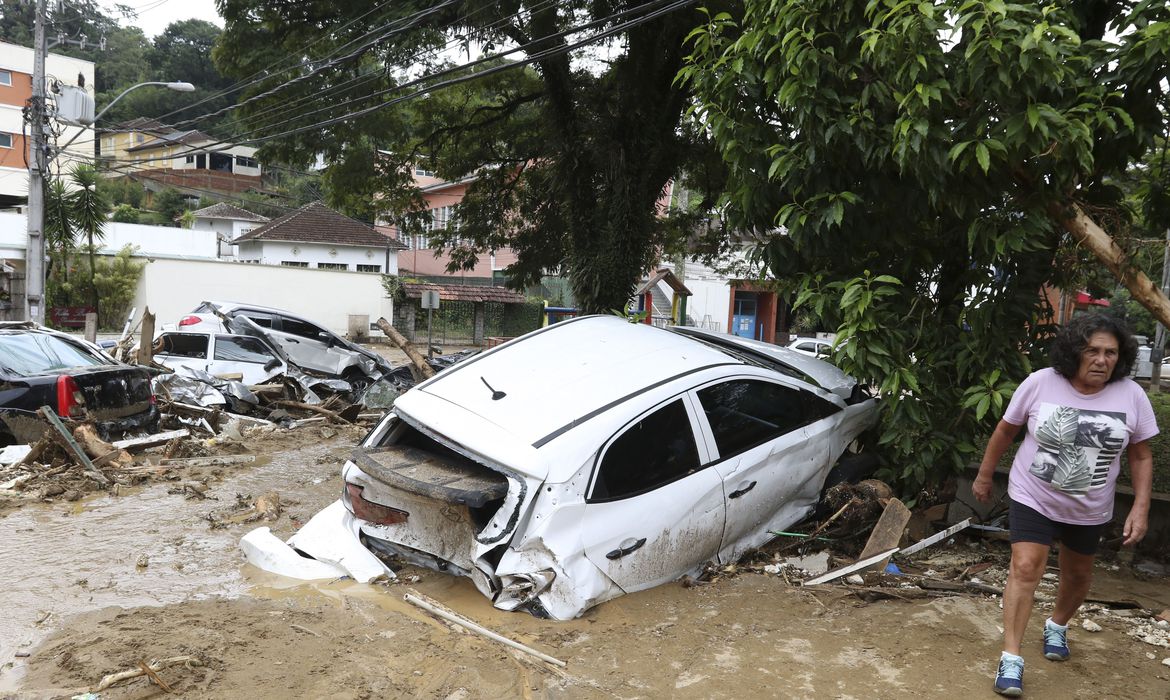
The professor believes that the phenomenon that occurred in Petrópolis in February is not uncommon and is the result of a combination of meteorological, geographical and structural factors. The wind dragged hot, humid air from the ocean to Rio’s metropolitan region and, once there, near the altitude of Petrópolis, it rose. “By the time this hot, humid air is forced to rise due to the hills, it can form massive clouds and cause a lot of rain. So, we were already expecting precipitation in Petrópolis. What we can’t really predict is how much rain will fall.” Also, according to the professor, storms usually form at one point and move to another, but what happened in February in Petrópolis was different: “the storm did not move, so all the rain fell on that one [specific] region while it practically did not rain in other nearby cities,” explained the professor.
The Storm May Be the Same, But Not the Boat
The relationship between climate change and its effects on the peripheries is influenced by various factors, from global warming to public policies that mitigate or ignore the potential consequences of such storms on the most vulnerable. My name is Aline Marieta, I am an architect and urban planner, specialized in interior design and environmental comfort. I grew up in the favelas of Complexo da Maré and it is from my home perspective that I discuss the role of urban infrastructure for our analysis.
The deaths and material losses caused by extreme weather events affect the most vulnerable populations more intensely: those who live in peripheries, in regions more susceptible to landslides and floods, and areas near slopes and rivers. As Carneiro reminds us, “they occupy these spaces because that’s where they can afford to live.” Sometimes, it is also the place where the family has always lived, where the person grew up and established their material and symbolic roots. This is often because it was the only spot available for settlement—precisely because of its vulnerability—back when it was formed.
In these places, even if there were no one living there, landslides would occur naturally with heavy rainfall. There could be mass movements or even floods. According to Professor Carneiro, “these are spots that should not be inhabited, but thousands of people live in these areas and are at risk of losing their lives when such an event happens.” In time, some improve the conditions of the area, making it more habitable, but not necessarily to the point of ensuring its safety.
“The most vulnerable populations will always suffer more because they have less money to get back on their feet. For example, a hurricane hitting Miami has very different consequences from those hitting the Dominican Republic, Haiti, or Cuba. The hurricane might have the same intensity, but the population would be affected differently in relation to vulnerability, of having nowhere to go… So, it ends up being an unfair event, like so many others that we unfortunately notice in our society.” — Monica Carneiro
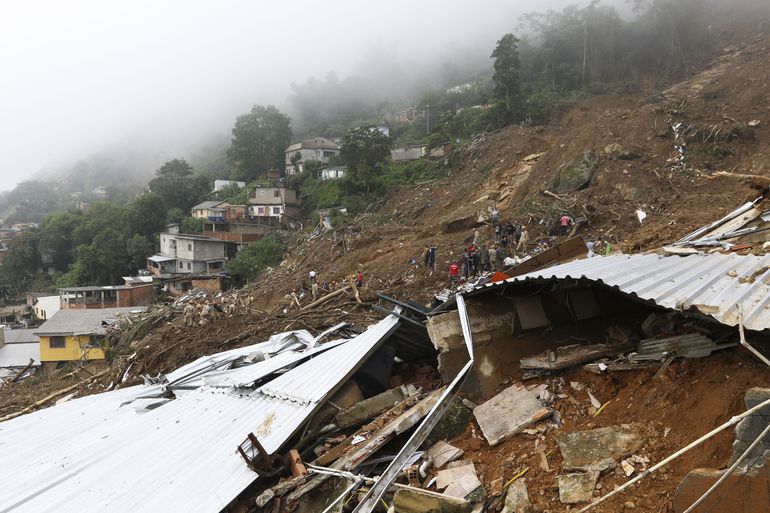
Some of these events are unexpected, but many could be avoided or have mitigated consequences. The siren alert system, deployed in several communities in the state of Rio de Janeiro, aims to help residents grasp when they should leave their homes in search of a safe spot. However, to be an effective measure, it needs organization and infrastructure, or people will have nowhere to go when the siren goes off.
Public policies should be established to assist the population, especially the most vulnerable. If rains are increasingly intense, it would be necessary to rethink road drainage systems, for example. That is mitigating consequences. At this current stage in the global climate emergency, we need concrete actions on two fronts: reduction of greenhouse gas emissions, to halt the worsening of the scenario; and the planning and adaptation of States, to protect the population, reduce losses and recover more easily and quickly after an extreme event.
There are a few mechanisms available to help the population deal with these situations, but few know of their existence, much less how to access them. An example of this is Brazilian federal Law 11,888, from December 2008, which provides low-income families with free public technical assistance for housing design and construction. Article 2 of this law says that assistance “covers all activities involving the design, monitoring and execution of the work being carried out by professionals in the areas of architecture, urban planning and engineering necessary for the home’s construction, renovation, expansion or land regularization.” This law is an example of a proposal to mitigate the damage caused by extreme weather events by ensuring greater structural security for homes. The measure, however, runs up against the public’s lack of knowledge of its existence and, above all, ignorance or political ill will to implement it in the municipalities through each city’s housing departments. Not only do we need to fight for legislation like this, but we need to pressure public agencies to truly implement it.
Extreme heat, prolonged and severe droughts, more intense rains, the extinction of species and difficulty in growing crops are some of the consequences that the country will face by 2050 if nothing is done. This information is part of the scenario analyses contained in the 6th Assessment Report of the UN’s Intergovernmental Panel on Climate Change (IPCC), released in February 2022. The adaptation of cities is a current need in a scenario where the events imagined as future projections are increasingly near. As a more vulnerable part of cities, favelas and peripheries have specific characteristics and need to be seen as priority.
About the author: Aline Marieta, 32, is an architect and urban planner. Born in São Paulo, she was raised in the favelas of Rio’s North Zone and now lives in Complexo da Maré. She is the creator of @edificandodecoracao and a member of the collective Eco Maré, which aims to take environmental themes to the favela and raise awareness of their importance among residents.
